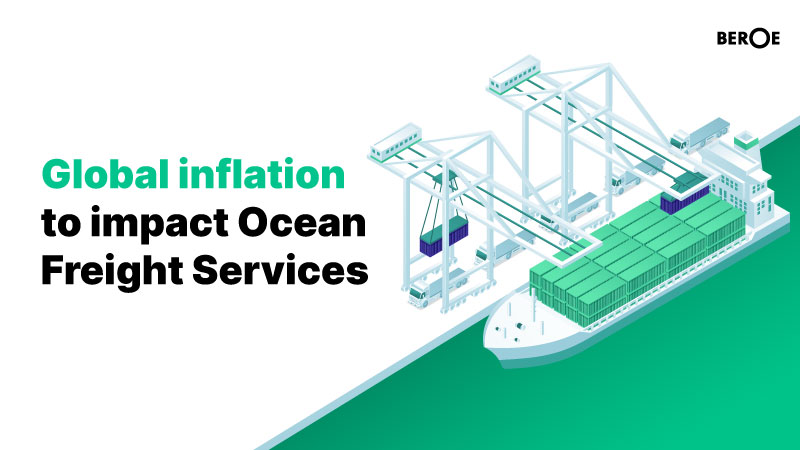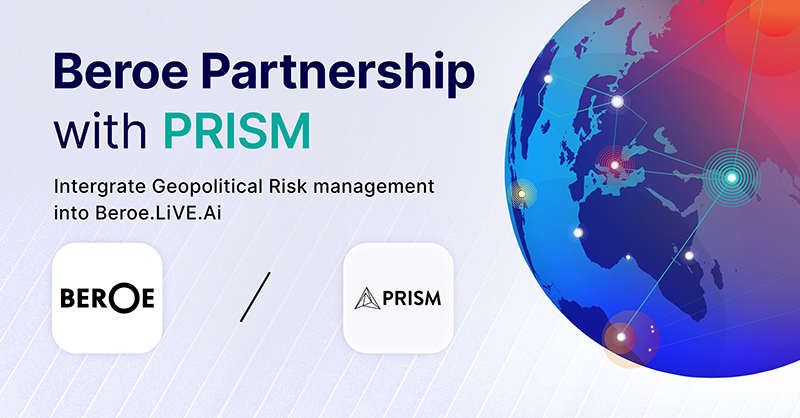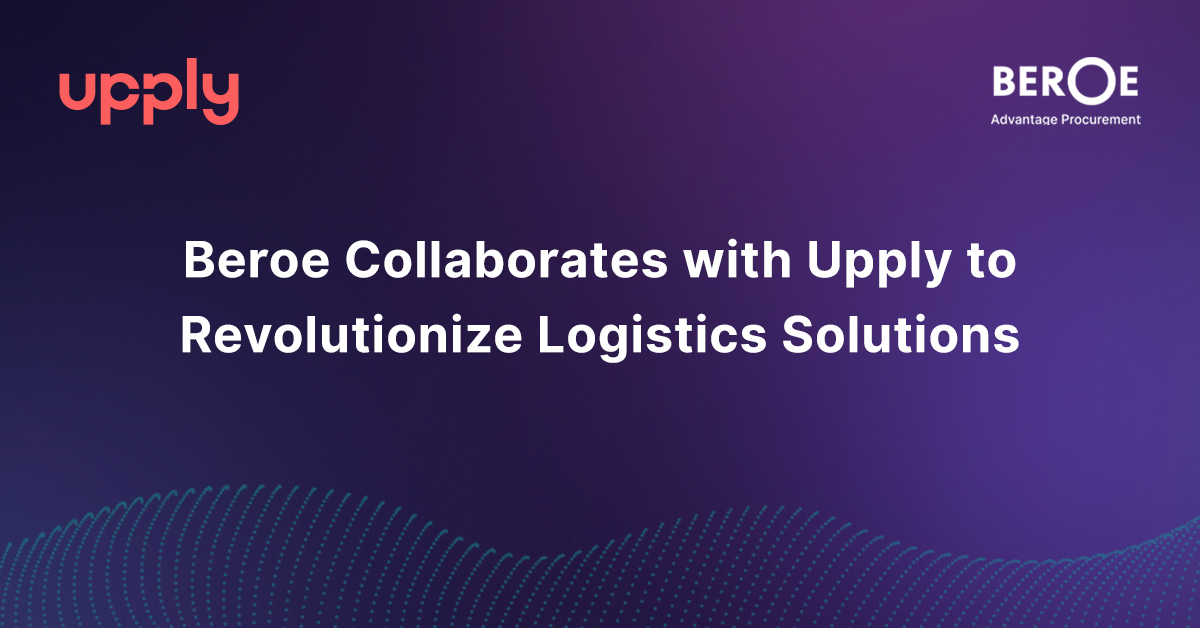Global inflation to impact Ocean Freight Services
Source: PR Newswire

Raleigh, NC, Jan 25 - The most popular form of international shipping is ocean freight. The top five ocean shippers move about 50-60% of container volume trans-Atlantic and trans-Pacific. Globally, 90% of all goods are transported by sea.
There are two types of ocean freight procurement strategies: centralized procurement, which has a single point of contact and a high level of dependency, and regional procurement, which has several points of contact and a low level of dependence. According to shipping market research, THC, vessel, bunker, container, and administrative costs are the primary cost drivers in ocean freight services.
A global ocean freight market analysis for 2022 shows that more than 85 percent of total vessel deployment between Asia and Europe comprises high and heavy-capacity vessels. It shows the high demand for large boats.
The number of large and heavy-capacity boats deployed between Asia and Europe is significant; the capacity deployed is between 12,000 and 18,000 TEUs. In May 2022, global container schedule reliability achieved 36.4 percent, the highest level since June 2021. As carriers take various measures to reduce delays, schedule reliability should improve further. Due to rising commodity prices and shifting consumer spending habits, global demand for products will remain subdued.
The global freight index will likely decrease by 10-15% in Q4 2022 as consumer demand has softened due to high inflation.
Following significant disruptions in port business due to an eight-day port worker strike, the UK's busiest port Flexitowe, handles around 50% of the country's freight.
In the United States, the railroad workers union, representing over 50,000 employees, requested a salary hike and a better working environment.
Shippers who rely on China will now bear the brunt of the monsoon, as the country faces two typhoons in September 2022, causing massive port delays.
The overcrowding of ports on the European and US East coast continues to disrupt carrier schedules. Furthermore, waiting days at major European ports have increased, causing September sailings to be canceled. In addition, these considerations affect the return of vessels for reloading to Chinese ports.
Demand remains weak due to growing inflation and customers struggling with the high cost of living. Exports from China were expected to increase, but rising prices and severe lockdown measures in significant cities impeded the economy's recovery.
Due to high inflation in Europe and North America's key importing centers, exports from major Asian markets are similarly low. Also, the ongoing geopolitical conflict between Ukraine and Russia has increased energy supply restrictions, and rising costs are causing Western European countries to enter a recession, impacting global consumption.
Carriers can charge enormous freight rates because of the increase in demand over supply, and shippers are forced to pay spot rates, which have increased exponentially since the start of COVID. Even though the top 10 service providers hold about 60% of the market share, the industry is fragmented at a regional level because of the presence of small liners. In most cases, these liners operate feeder vessels or short-distance ocean carriers.
Also, a liner service has been launched by freight forwarders, who used to hire vessels due to a lack of capacity. Instead of relying solely on the incumbent carrier, shippers will be able to experiment with different carriers. There is a greater bargaining power for shippers with high volume, high value, and regular shipments than for shippers with inconsistent volumes. In the automotive and electronics industries, buyers have more buying power, which allows carriers to handle more shipments throughout the year and at a higher volume.
Furthermore, Global trade value is transported by more than a third of the international container shipping industry. It is possible for container shipping procedures to decrease the most severe environmental hazards and the most significant challenges involved in security, health and safety, ethical behavior, and social responsibilities and to have sustainable developments in container shipping.
For ocean freight shipping, most carriers have been using LSFO fuel oil or installing scrubbers since Jan 2020, and the rest are using LNG to control sulfur emissions. Businesses are investing in innovative technology to ensure an uninterrupted cold chain and reduce food loss during transportation. Better logistics planning and monitoring systems are being explored to mitigate disruptions in the supply chain. The goal is to facilitate the trade process and add value to its operations by partnering with open and neutral platforms utilizing blockchain technology in logistics.
About Beroe
Beroe is a global SaaS-based procurement intelligence and analytics provider. We deliver intelligence, data, and insights that enable companies to make smarter sourcing decisions – leading to lower costs, reduced risk, and greater profits. Beroe has been a trusted intelligence source for more than 15 years and partners with 10,000 companies worldwide, including 400 Fortune 500 companies.
Learn more about Beroe - https://www.beroeinc.com
Media Contact:
Rob McMurtrie
rob.mcmurtrie@beroe-inc.com
Related News
View all
Beroe Makes Strategic Investment in Forestreet, Strengthening AI Capabilities and Driving Procurement Intelligence Innovation

Beroe introduces on-demand geopolitical risk analysis through PRISM enabling C-Suite to protect against ongoing supply chain disruptions
